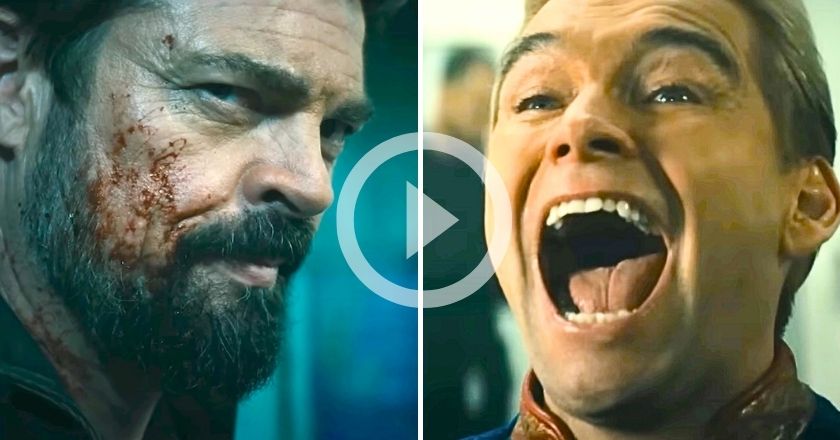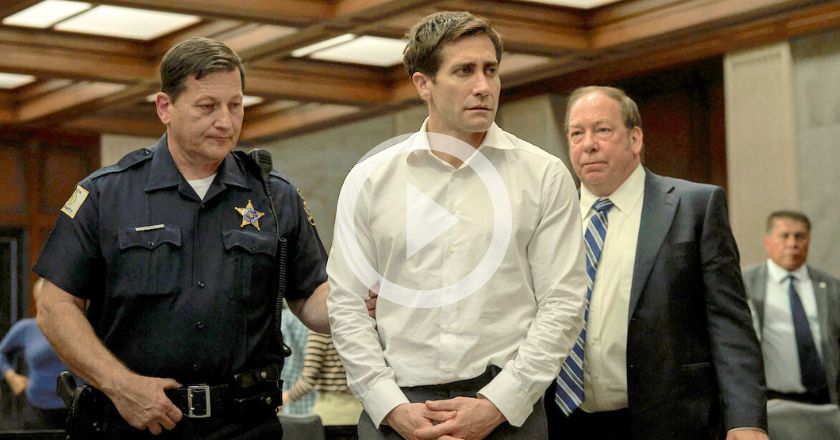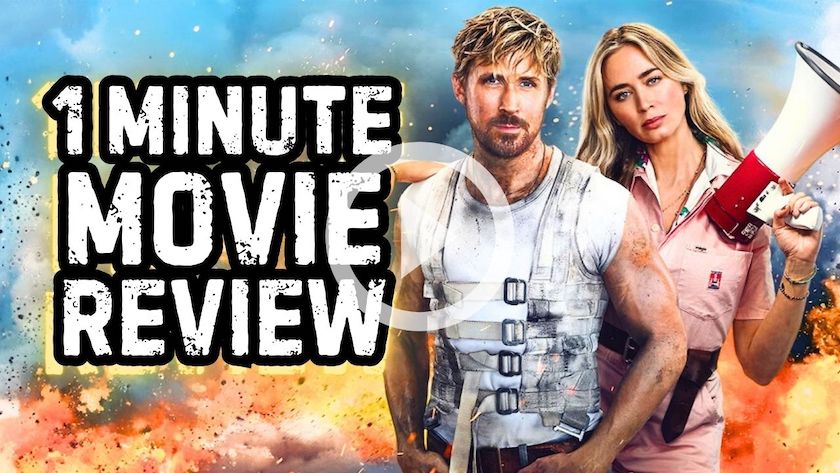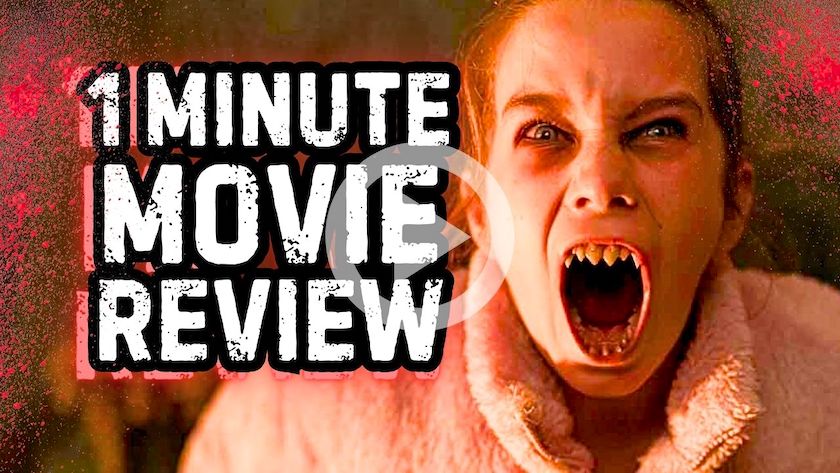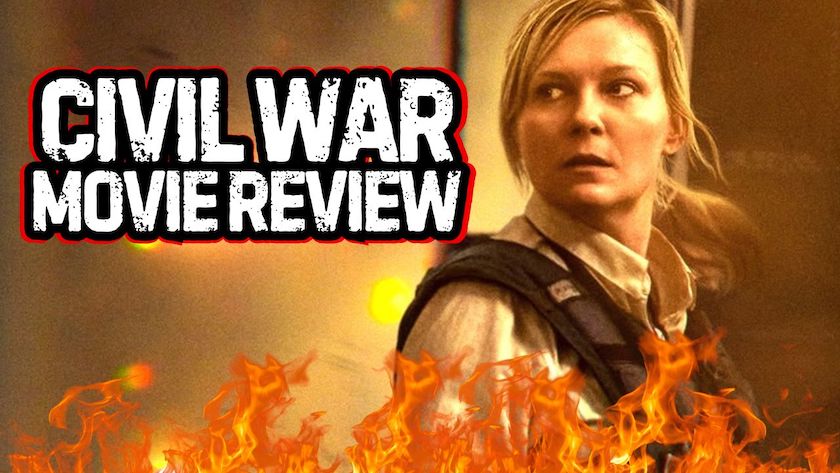
The battle of Matewan (aka The Matewan Massacre) was an infamous shootout in 1920 between coal miners in West Virginia and a detective agency representing the Stone Mountain Mining Company. The men were striking against the poor working conditions and the company was refusing their demands. One thing led to another, and what began as an all-too familiar story of industrial action, eventually became one of the most blood-soaked chapters in trade union history.
Director John Sayles (Lonestar, Passion Fish) explores the Matewan incident in his film of the same name, and in building towards to the anticipated climax, he explores the working conditions and relationships that laid the foundation for rising tensions and unrest. The township of Matewan rests in a valley and during the 1920s – when the country was experiencing an economic boom ““ the town relied solely on the wealth of the local mine. The Stone Mountain Mining Company acquired most of the township and its land, and employed most of its citizens. And with no representation, the workers were exploited and subjected to extreme and dangerous conditions.
Chris Cooper made his motion picture debut in the film’s lead role, playing Joe Kenehan, a union organiser who arrives at Matewan only to witness an attack on incoming African American workers at the hands of local miners as he steps off the train. He isn’t made welcome by the town’s people and he immediately procures the ire of many when he lodges with a dead miner’s widow and her 14-year-old son. Joe meets with those black men, as well as a contingent of Italian workers, and recruits them into the United Mine Workers Union. Upon hearing of his presence, the mining company sends in two gun-toting company-men who wage a war of fear into the town, casting people out of their homes and firing anyone who conducts business with non-company-owned traders.

Such is a loose synopsis that I have provided, that to get weighed down in the details of the politics would be to spell the film out for you, which would be wrong. Matewan’s narrative is a powerful character study and examination of the union movement and the rise of industrial action. But what sets it apart from other similarly themed stories is its own historical context. The town of Matewan was built upon bloodied soil, long before the first lump of coal was ever dug. Prior to the arrival of the railroad and the town’s foundation was the infamous Hatfield and McCoy feud, whereby two affluent families waged a 30-year war against each other, leading to three decades of bloodshed. It is a well-documented rivalry, which has been adapted into numerous films and television series, most notably a History Channel miniseries starring Bill Paxton and Kevin Costner. And so the location of the Matewan massacre is steeped in violence, with the town’s sheriff ““ who is said to have fired the first shot ““ being a Hatfield member himself.
Sayle’s production paints a weary picture, depicting the era with a saturated sepia tone. Very little time is spent inside the coalmine itself, yet its presence is made abundantly clear. The sounds of steam engines and clanking pick-axes permeate the soundscape, with frosty tones of exhausted horses and factory whistles. The characters and their politics are pitted against their stark environment to maximum effect as Sayles probes the events that lead to the union’s formation.
On the back of the industrial revolution, the early 1900’s also saw the rise of communism, with so-called “Reds” leading much of the union movements. While communism would become criminal and career-ending in the years to come, the exploitation of labourers in the 1920s gave credence to the cause and provided the motivation for uniting workers to demand equal rights and fair conditions. Cooper’s character was a Red, however Sayles’ film never depicts him negatively. He is very much the hero of this story and, much like Richard Lowenstein’s similar film Strikebound, the communistic undertones are handled subtly and contextually.
Cooper himself is excellent in his first lead role, and given the massive respect he has garnered over the last 30 years, it’s easy to look back and see an expectedly great performance, but to have offered up such a stirring role as an unknown at the time, it is particularly marvellous. Cooper has gone on to collaborate with Sayles many times over the years, including Lonestar, Silver City and Amigo, among others. Another Sayles regular is Mary McDonnell, who plays the widow caught between the union and the company. She gives a fantastically understated performance as the grieving wife and mother whose teenage son ““ a priest in training ““ is being caught up in the mounting frictions.

Other players include James Earl Jones as the spokesman for the African American workers, David Strathairn (also a Sayles regular) as the sheriff, and Bob Gunton as a treacherous worker’s representative. As with all of his films, Sayles’ ensemble is an impressive one.
Having immersed myself in industrial-relation films recently (I took a look back at the fantastic ’79 Sally Field-starrer Norma Rae HERE) an unexpected theme has recurred: the unity of ethnicity and race. In most of the films viewed, the stories have begun with indifferences between, predominantly, blacks and whites, and as the union-organisers rally the workers, the common declaration is that regardless of being black, white, brown, green, orange or purple… or male or female, the workers are one. In a powerful moment Cooper’s character addresses the room and says, “If you stand alone, you’re just so much shit to those people.” He then directs his attention to the minorities and declares, “These men are workers. Any union who denies a worker is just a club.” While equality is still a battle being fought to this day, there is no doubt that the prevalence of industrial action has brought upon much of that progress.
If you are unfamiliar with the work of John Sayles then I recommend exploring his incredible body of work. From his early years of writing creature-feature horror movies like Piranha, The Howling and Alligator, to award-winning films like Limbo, The Secret of Roan Inish, Sunshine State and City of Hope. Heck, he’s even written screenplays for The Spiderwick Chronicles, The Clan of the Cave Bear and Battle Beyond the Stars. He’s a powerful and provocative filmmaker with an auteuristic voice, and Matewan ““ for my money ““ is right up there with his best.


